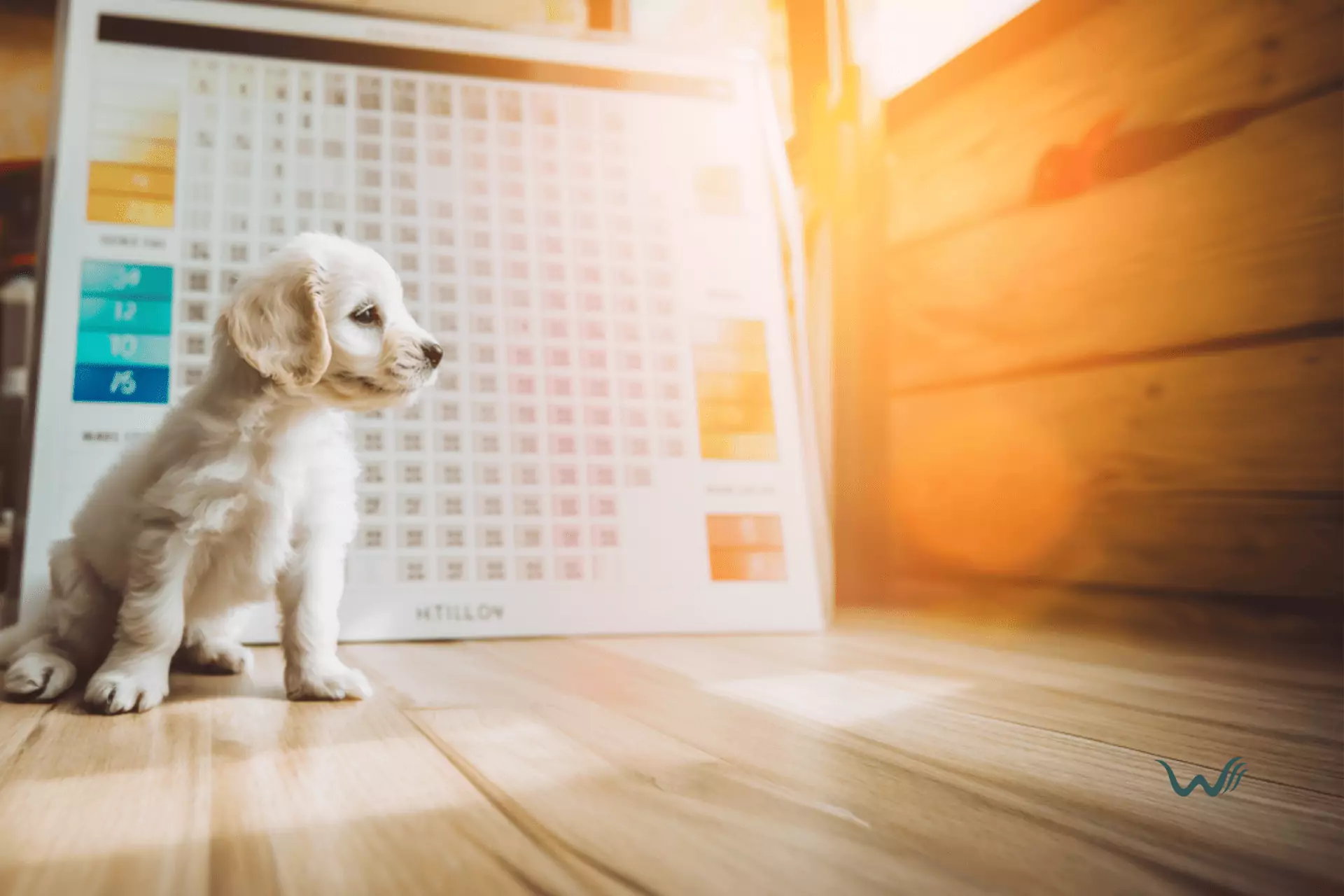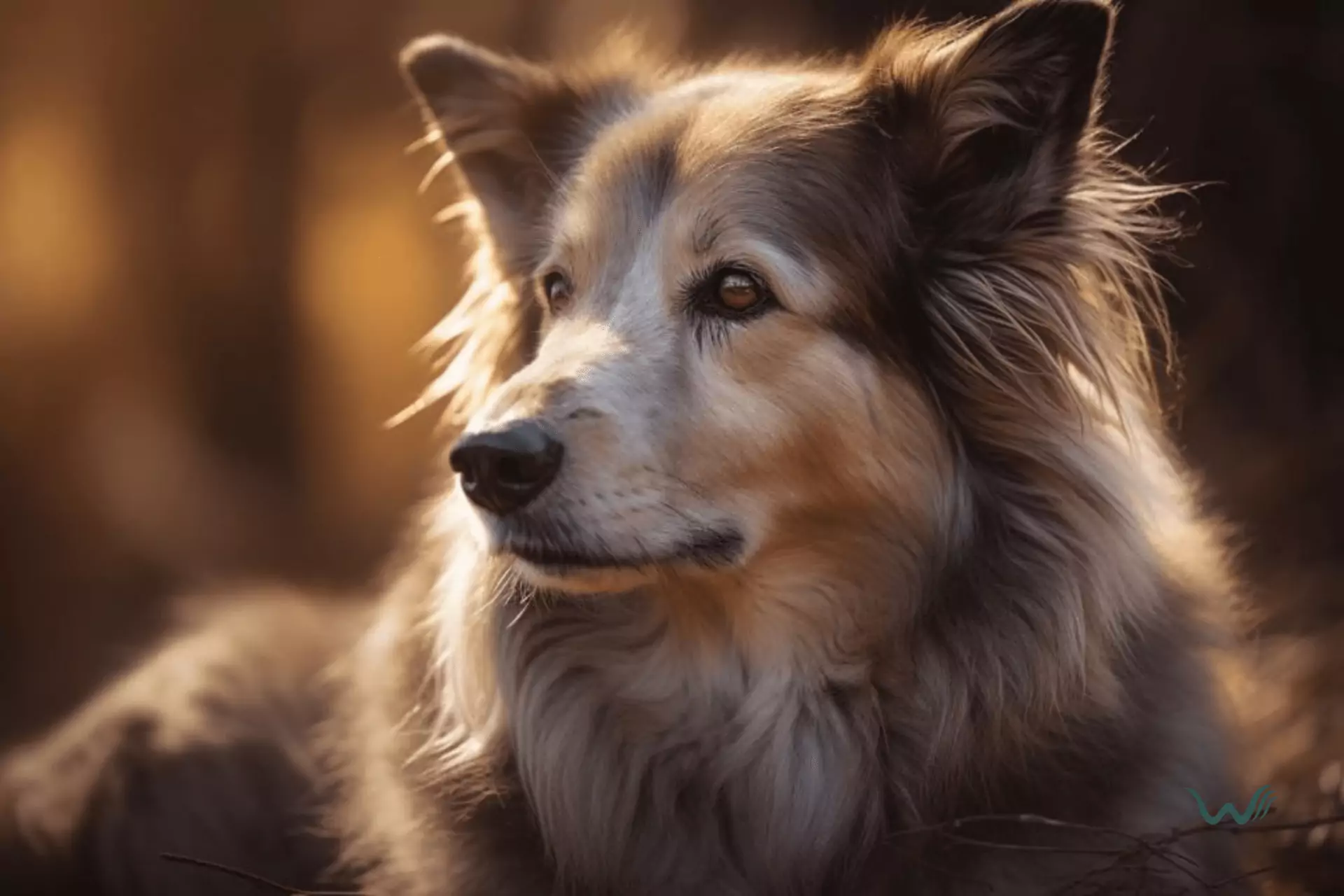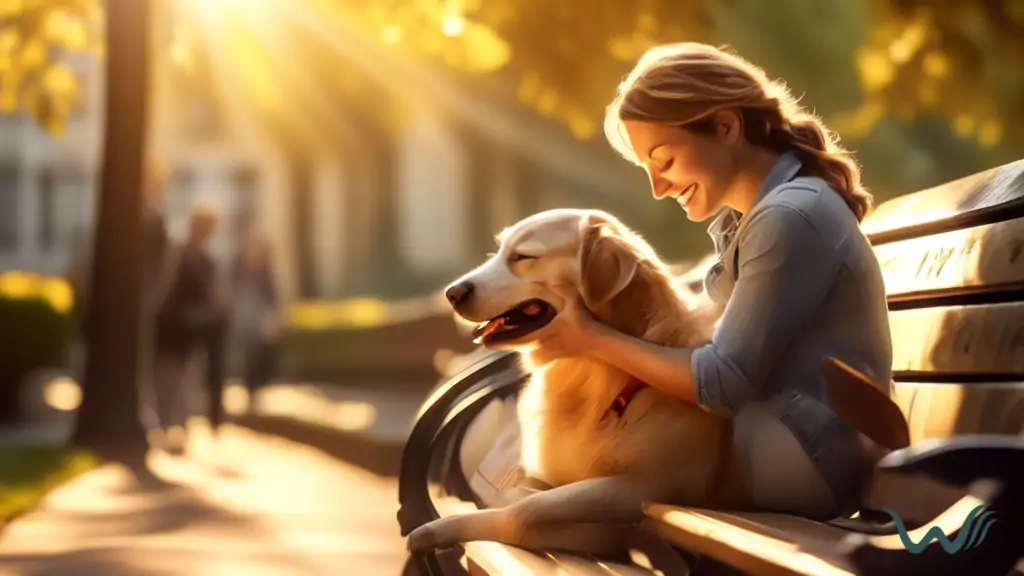

The Ideal Shot Schedule For A New Puppy
by Haley Mills
Last updated: April 23, 2024
Verified and Approved by:
Angela Morris,
MSW, LCSW
Fact Checked

Bringing home a new puppy is an exciting and joyful experience, but it also comes with great responsibility. One of the most important aspects of caring for a new puppy is ensuring they receive the proper vaccinations to protect them from harmful diseases.
In this article, we will discuss the ideal shot schedule for a new puppy and other essential aspects of their care, such as establishing a feeding schedule, house training, socialization, and exercise.
Proper vaccination timing is crucial for the health and well-being of your new puppy. Vaccinations protect them from a range of diseases that can be potentially life-threatening. It is essential to follow a recommended shot schedule provided by your veterinarian, as it typically includes vaccinations for diseases like rabies, distemper, parvovirus, and hepatitis.
Adhering to the ideal shot schedule provides your puppy with the necessary protection and ensures a healthy start to their life.
Key Takeaways
- Vaccinations should be given to a new puppy at 6-8 weeks and followed up every 3-4 weeks until the puppy is 16 weeks old to protect against diseases like rabies, distemper, parvovirus, and hepatitis.
- Monitor for potential side effects of vaccinations and contact a veterinarian if necessary.
- Establish a feeding schedule based on the puppy’s age, size, and nutritional needs, providing a balanced diet and avoiding toxic foods.
- House training involves establishing a routine and using positive reinforcement, while crate training can provide a safe and secure space for the puppy.
Proper Vaccination Timing
Now that you’ve learned about the importance of vaccinations for your new puppy, let’s discuss the proper timing for these shots.
Vaccines are crucial for protecting your puppy against various diseases, but it’s essential to understand that their effectiveness can vary depending on the timing of the shots.
For most puppies, the first set of vaccines is typically given around 6-8 weeks of age. This initial round of shots helps to stimulate the puppy’s immune system and protects against common diseases such as distemper, parvovirus, and hepatitis.
Follow up with additional rounds of vaccines every 3-4 weeks until the puppy is around 16 weeks old, as their immune system is still developing during this time.
While vaccines are generally safe and well-tolerated, be aware of potential side effects. Some puppies may experience mild reactions such as soreness at the injection site, lethargy, or a slight decrease in appetite. These reactions are usually temporary and resolve on their own. However, more severe side effects such as allergic reactions or anaphylaxis can occur in rare cases.
Monitor your puppy closely after each vaccination and contact your veterinarian if you notice any concerning symptoms.
By following the proper timing for vaccinations, you can ensure that your new puppy receives the maximum effectiveness from the vaccines while minimizing the risk of potential side effects. Consult with your veterinarian to create a vaccination schedule that is tailored to your puppy’s specific needs and ensure that they receive the best possible protection against disease.
Establishing a Feeding Schedule
To establish a feeding schedule for your new puppy, it’s important to consider their age, size, and nutritional needs. Puppies have different dietary requirements compared to adult dogs, so it’s crucial to provide them with the right balance of nutrients to support their growth and development.
One key aspect of a feeding schedule is mealtime consistency. Puppies thrive on routine, so feed them at the same times each day. This helps regulate their digestion and prevents them from feeling hungry or overeating. By establishing a consistent mealtime, your puppy will learn to anticipate when they’ll be fed and will be less likely to beg for food or scavenge for leftovers.
Introducing new foods is another factor to consider when establishing a feeding schedule for your new puppy. It’s important to gradually introduce new foods to their diet to prevent digestive upset. Start by slowly mixing a small amount of the new food with their regular food, gradually increasing the proportion over a week or two. This allows their digestive system to adjust to the new food and reduces the risk of diarrhea or vomiting.
It’s also good to offer various foods to provide a balanced diet and expose your puppy to different flavors and textures. However, it’s important to avoid feeding your puppy table scraps or foods that are toxic to dogs, such as chocolate, onions, or grapes.
By following these guidelines and considering your puppy’s specific needs, you can establish a feeding schedule that promotes their health and well-being.
House Training and Crate Training
Start by establishing a consistent routine for house training and crate training your furry little friend. Potty training techniques are essential for teaching your puppy where it’s appropriate to relieve themselves.
One effective method is to take your puppy outside to a designated potty area after they wake up, after they eat or drink, and after a play session. Be sure to reward your puppy with praise or a small treat when they successfully go potty outside. Be patient and consistent during this process, as accidents are bound to happen.
When accidents do occur inside the house, clean up the mess promptly and avoid scolding or punishing your puppy, as this can create fear or anxiety around potty training.
Crate training is another valuable tool for house training your puppy. It provides them with a safe and secure space they can call their own.
To make crate training a positive experience, gradually introduce your puppy to the crate. Place their bed or a soft blanket inside and encourage them to explore the crate on their own. You can also use treats or toys to entice them to go inside.
Once your puppy is comfortable with the crate, begin using it for short periods of time while you’re at home. This will help them associate the crate with positive experiences. Avoid using the crate as a form of punishment, as this will create a negative association.
With consistency and patience, your puppy will soon learn to view their crate as a safe and comfortable space.
What’s the Best Shot Schedule for a Newly Adopted Rescue Dog?
When creating a shot schedule for a newly adopted rescue dog, it’s important to consult a veterinarian for insider tips for dog adoption. They can recommend the necessary vaccines and regular check-ups to keep your furry friend healthy. Additionally, consider the dog’s age, health history, and lifestyle when planning the vaccination schedule.
Can the Shot Schedule for a New Puppy also Apply to Training a Psychiatric Service Dog?
Yes, the shot schedule for a new puppy can also apply to training psychiatric service dogs. Proper vaccinations are crucial to ensure the health and safety of both the dog and the handler. A healthy pup is better equipped to undergo the rigorous training required for becoming a psychiatric service dog.
Is The Shot Schedule For A New Puppy Affecting Its House Training?
When training your puppy’s bathroom habits, it’s essential to consider their shot schedule. Some vaccinations can cause side effects, including increased urination and defecation. This can disrupt the house training process. It’s important to be patient and consistent during this time, as your puppy may need extra support.
Socialization and Training Classes
Enroll your pup in socialization and training classes to ensure they grow up well-behaved and confident. Puppy socialization is crucial during their early life stages as it helps them become comfortable and confident in various social situations. It involves exposing your puppy to different people, animals, and environments to help them develop positive associations and learn appropriate behaviors.
Socialization classes provide a controlled and supervised environment where your puppy can interact with other dogs and people in a safe and structured manner. This will not only help them learn how to behave appropriately but also prevent fear and aggression issues in the future.
In addition to socialization, professional training classes offer numerous benefits for your puppy’s development. These classes are designed and led by experienced trainers who can provide expert guidance and support. They can teach your puppy basic obedience commands such as sit, stay, and come and address any behavioral issues they may have.
By enrolling in these classes, you can learn effective training techniques and strategies to use at home, ensuring consistency in your pup’s training. Moreover, training classes provide a structured environment where your puppy can learn to focus and follow instructions amidst distractions. This will help them become well-behaved and obedient at home and in public.
Socialization and training classes are essential for your puppy’s growth and development, setting them up for a happy and well-behaved life.
Exercise and Playtime
Regular exercise and playtime are crucial for a young dog’s development. Not only does it help them burn off excess energy, but it also provides mental stimulation and socialization opportunities. Incorporating outdoor activities into your puppy’s daily routine can benefit their overall well-being.
One way to ensure your puppy gets enough exercise is by taking them on daily walks or runs. This helps them burn off energy and exposes them to different sights, sounds, and smells, which can provide mental stimulation. Additionally, playing fetch or engaging in interactive games can help strengthen the bond between you and your puppy while also providing them with physical exercise.
To give you a better idea of the types of outdoor activities you can incorporate into your puppy’s routine, here is a table outlining some options:
| Activity | Description |
|---|---|
| Walking/Running | Take your puppy for a walk or run in the park or around the block |
| Fetch | Play a game of fetch with your puppy using a ball or frisbee |
| Agility Training | Set up an agility course in your backyard for your puppy to navigate through |
| Swimming | Take your puppy for a swim in a pool or a dog-friendly beach |
| Dog Park Visit | Take your puppy to a dog park to socialize with other dogs |
Incorporating these activities into your puppy’s routine will keep them physically fit and mentally stimulated. Remember to start slow and gradually increase the intensity and duration of the activities as your puppy grows and develops. Regular exercise and playtime will benefit your puppy’s physical health and contribute to their overall happiness and well-being.
Certify Your Emotional Support Animal Today

Why You Can Rely on Us?
At Wellness Wag, we believe your pet deserves care rooted in both science and compassion. Each article is carefully researched, written in clear language for pet owners, and then reviewed by qualified professionals to ensure the information is evidence-based, current, and practical for real-life care. Our goal is to help you feel confident in making informed decisions about your pet’s health and well-being.
Reviewed by
Angela Morris, MSW, LCSW
Angela is a licensed clinical social worker with 20 years of experience in patient advocacy and community mental health. She has assisted numerous clients with ESA evaluations and brings a deep understanding of disability accommodations, ensuring that all information is accurate, supportive, and practical.

Written by :
Haley Mills
Last Updated :
April 23, 2024











